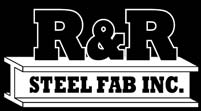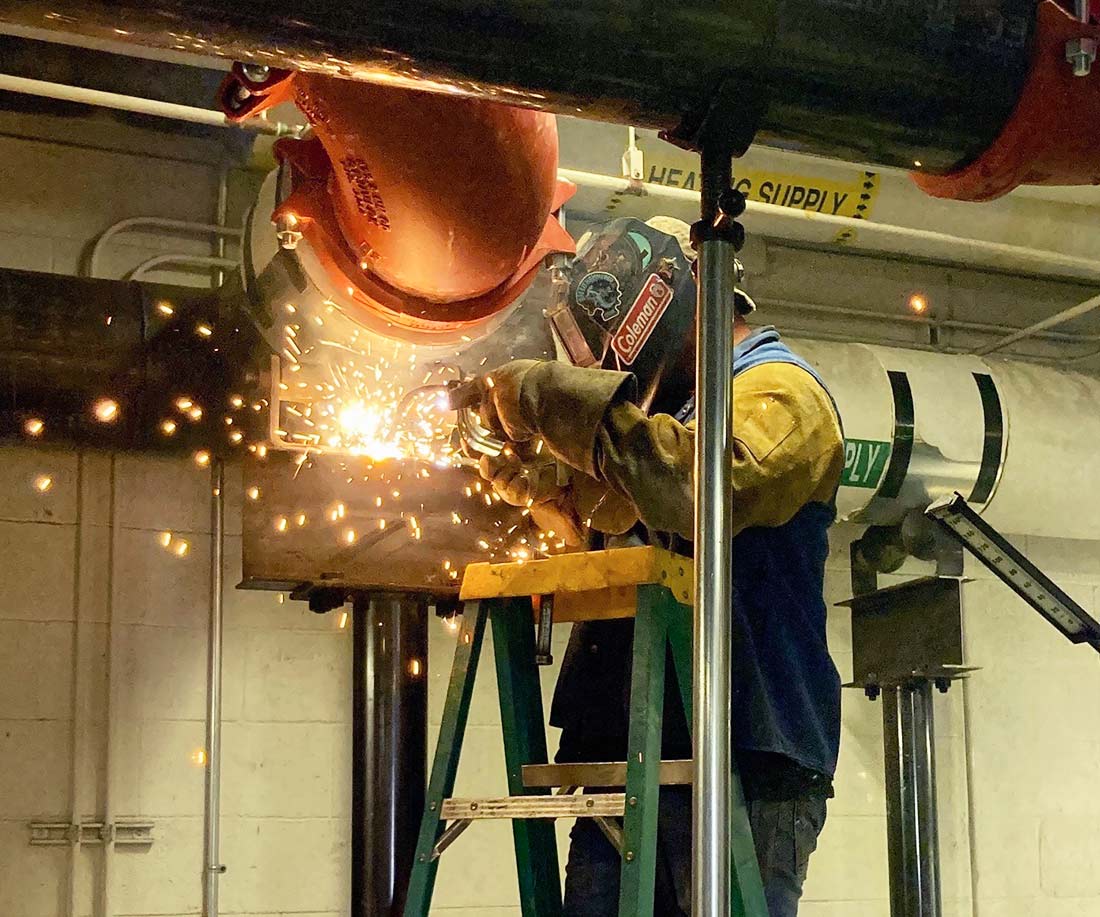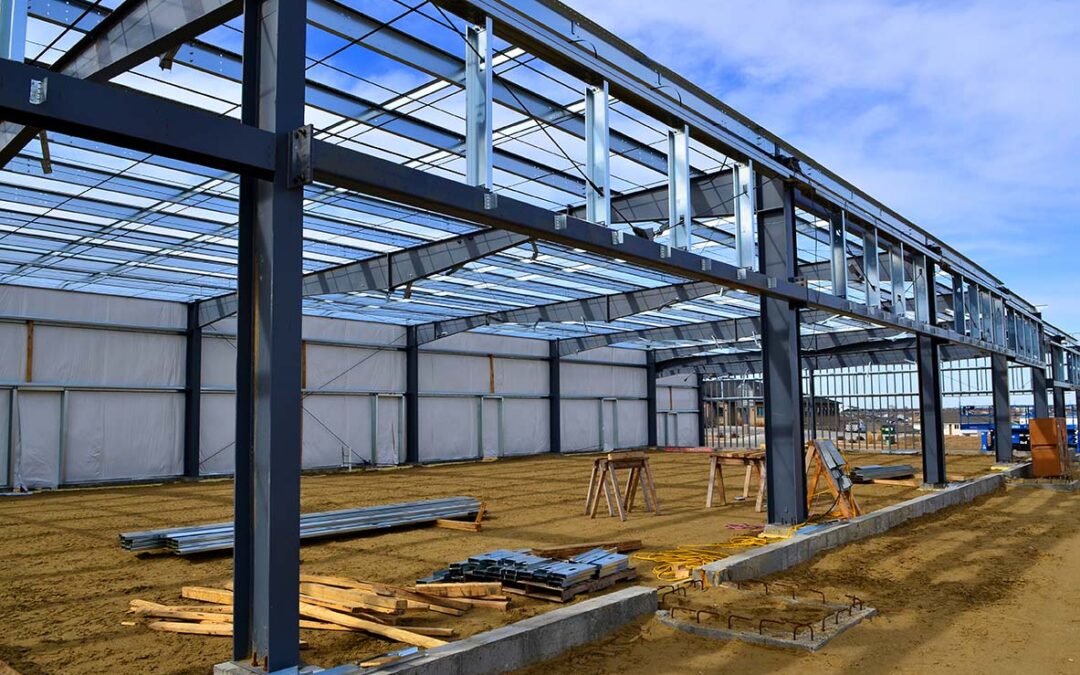The Perfect Weld: A Cornerstone of Superior Steel Structures
The Significance of Perfect Welds in Steel Fabrication and Erection
In the realm of steel fabrication and erection, the significance of perfect welds cannot be overstated. Welding serves as the cornerstone of these processes, providing the structural integrity and stability that form the backbone of modern construction projects. Whether it’s skyscrapers, bridges, industrial facilities, or residential complexes, the quality of welds plays a pivotal role in ensuring the safety, durability, and functionality of these structures.
✔️ Structural Integrity and Safety
One of the primary reasons for emphasizing perfect welds in steel fabrication and erection is to guarantee the structural integrity and safety of the final product. Welding effectively fuses metal components together, creating a cohesive unit that can bear loads, withstand environmental stressors, and resist forces such as wind, earthquakes, and temperature variations. Any defects or imperfections in the welding process can compromise the strength of the joint, potentially leading to catastrophic failures.
Perfect welds ensure that the load-bearing capacity of the structure remains consistent throughout its lifetime. In critical applications such as bridges and high-rise buildings, a single weak weld can have dire consequences. The collapse of the Silver Bridge in 1967, attributed to a single faulty eyebar connection, stands as a tragic example of the catastrophic effects of poor welding practices.
✔️ Durability and Longevity
Steel structures are often expected to have a long service life, enduring decades of exposure to the elements and dynamic loads. Perfect welds contribute significantly to the durability and longevity of these structures. High-quality welding prevents the intrusion of moisture and corrosive agents into the joints, reducing the likelihood of rust and deterioration. A well-executed weld creates a seamless connection that resists cracking, fatigue, and other forms of material degradation over time.
✔️ Operational Efficiency
In addition to safety and longevity, perfect welds also contribute to operational efficiency. Well-welded structures require less maintenance and repair, minimizing downtime and associated costs. Moreover, accurately welded components fit together seamlessly during the construction process, streamlining the overall assembly and reducing the need for adjustments and modifications on-site.
✔️ Meeting Regulatory Standards and Quality Assurance
Stringent regulatory standards govern welding procedures in the construction industry. Perfect welds are not only crucial for meeting these standards but also for surpassing them. Properly executed welds ensure that a project complies with safety regulations and codes, avoiding costly legal issues and delays. Furthermore, adhering to high welding quality standards establishes a reputation for excellence and reliability, attracting clients and stakeholders who prioritize the long-term success of their projects.
✔️ Skill and Expertise
Creating perfect welds requires a high level of skill, expertise, and experience. Welders must possess a deep understanding of metallurgy, heat control, and various welding techniques to consistently produce strong, reliable joints. Investing in continuous training and certification for welders is essential to maintain the highest standards of quality in steel fabrication and erection.
R&R STEEL is Renowned for the High Quality of Their Welds
Whether in the shop or out in the field, R&R STEEL FAB INC understands the importance of perfect welds in steel fabrication and erection. We make sure our welds are highly-scrutinized before they leave the shop. From ensuring structural integrity and safety to promoting durability and operational efficiency, the quality of welds directly impacts the success and sustainability of the build.
Our welds are beautiful (because they have to be)!




